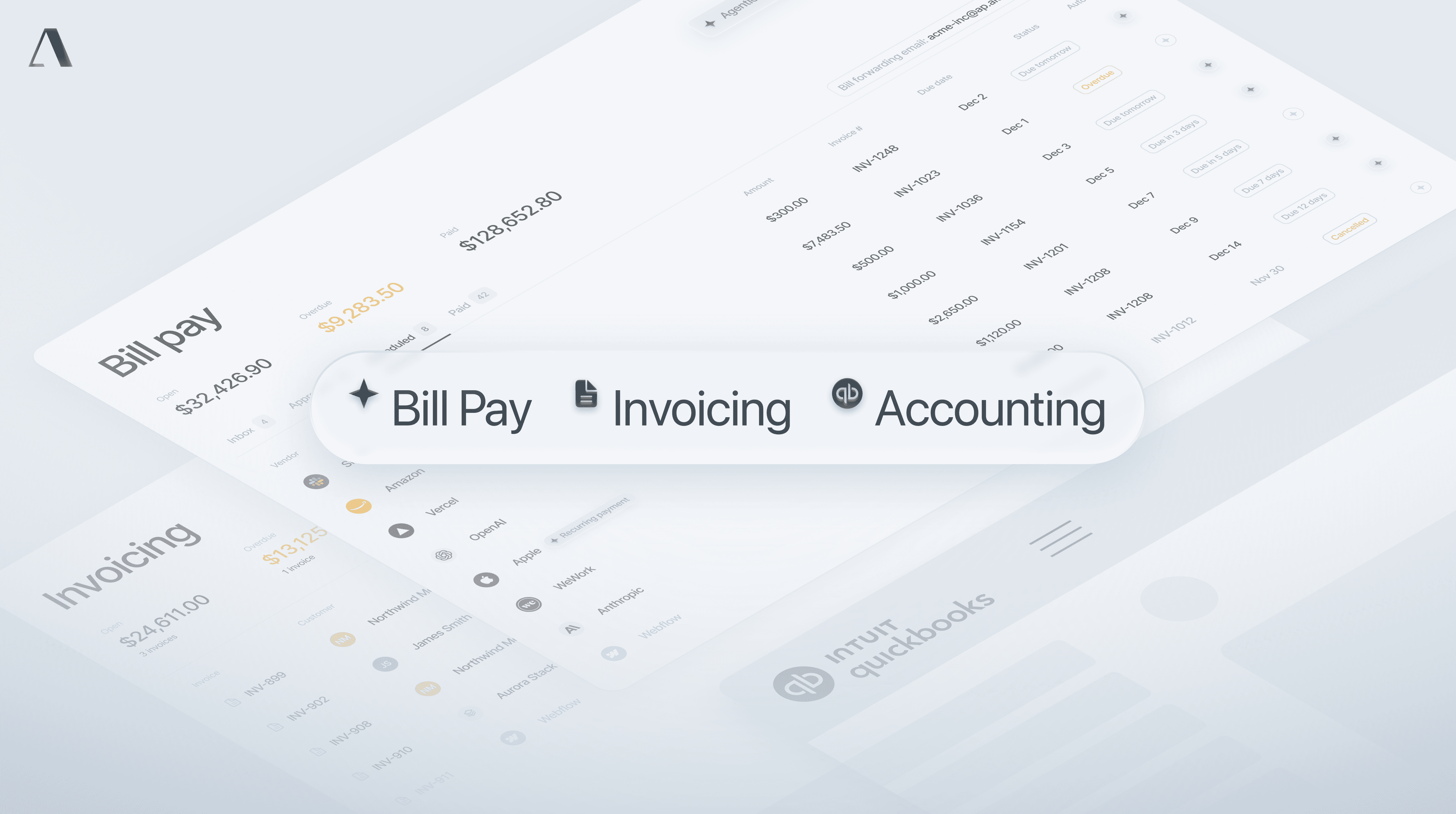Research
Building financial services today forces an impossible choice: either you take custody of user funds — triggering massive regulatory overhead — or you give up the core monetization levers that make financial products viable, like yield, trading, and card programs.
Smart account infrastructure breaks this fundamental tradeoff by enabling programmable self-custody — where users maintain full control of their funds, while you deliver innovative financial products with monetization levers built in from day one.
TL;DR
Smart accounts enable programmable self-custody, eliminating the need for expensive money transmitter licenses while maintaining revenue opportunities
2-of-3 signature systems combining MPC providers with onchain passkeys eliminate single points of failure
Build products with four proven revenue models: yield orchestration, programmable payments, global card programs, and trading services
Scale from thousands to millions of users without custody risk or regulatory complexity
Smart account infrastructure represents the future of financial services — programmable, scalable, and built on foundations of user control rather than institutional custody.
The Custody-Monetization Dilemma
Traditional financial services architecture creates a fundamental tension. To offer valuable services like yield generation, automated payments, or global card programs, companies typically need to hold user funds. This custody model immediately triggers extensive regulatory requirements across jurisdictions.
In the United States, money transmitter licensing requires registration with FinCEN as a Money Service Business (MSB), followed by state-level licensing for each operating jurisdiction. The process involves surety bonds, financial stability proof, and costs ranging from $100,000 to $2 million per state according to regulatory compliance data (InnReg, 2024)[1].
European markets present similar challenges. For example, Payment Institution licensing in Lithuania requires minimum initial capital of €420,000, with application fees between €1,000-€3,000 and processing times of 3-6 months (Tangle, 2025)[2]. UK Electronic Money Institution (EMI) licensing demands €350,000 minimum capital and physical office presence (Sterling Law, 2024)[3].
These regulatory barriers create a stark choice: either accept massive compliance overhead or build limited products that can't access the financial rails users need.
What Makes Smart Accounts Different
Smart accounts fundamentally change this equation by separating custody from the ability to automate, monetize, and deliver financial services. Users maintain full control of their funds through self-custody mechanisms, while smart contract logic enables sophisticated automation and service delivery.
This architecture provides several key advantages:
Custody Independence: Users control their private keys and assets, eliminating the need for custodial licenses or FBO (For Benefit Of) account structures.
Programmable Rules: Smart accounts enable complex financial logic — recurring payments, conditional transfers, yield strategies — without requiring fund custody or reliance on centralized infrastructure.
Global Access: Stablecoin rails enable direct integrations with DeFi protocols and global payment rails without geographic licensing restrictions.
Embedded Financial Services: Smart accounts offer native access to global financial markets and services — where user stablecoin balances become revenue-generating assets through yield, without giving up control.
Eliminating Single Points of Failure
The key to practical smart account implementation lies in robust key management that eliminates single points of failure while maintaining user experience. A threshold signature system (e.g. 2-of-3) combining different key types provides optimal security and reliability.
Key Management Vendors: Services like Privy, Fireblocks, Turnkey and Dfns provide one signature using MPC, SSS or TEEs.
Onchain Passkey Keypairs: Native blockchain keypairs secured by device biometrics provide a second signature path, ensuring access even if MPC providers experience issues.
Recovery Mechanisms: The third key enables social recovery or backup access, preserving fund access even if a device is lost or an MPC provider fails. It can be assigned “approve-only” rights, enabling hybrid custody setups where users retain full control via their primary keys — while applications programmatically co-sign recovery transactions the user initiates.
This architecture means users never deal with seed phrases, lost devices don't result in lost funds, and business continuity remains intact regardless of vendor issues.
Scaling Without Custody Risk
Traditional custody models create exponential complexity as user bases grow. Moving from thousands to millions of users means holding more funds, triggering tighter compliance requirements, operational overhead, and licensing in every jurisdiction.
Smart account infrastructure flips this dynamic. Growth means deploying more self-custodial accounts — not accumulating more assets under centralized custody. Each account operates independently, reducing operational risk and regulatory burden while preserving product functionality at scale.
This scaling advantage becomes particularly valuable for global expansion, where traditional custody models require separate licensing in each jurisdiction.
Revenue Models for Self-Custodial Services

Smart account infrastructure enables multiple revenue streams without custody requirements:
Revenue Model #1: Yield as a Service
Smart accounts can automatically deploy user funds to Treasury bills or DeFi yield strategies while users maintain control. Your role becomes yield orchestration — enabling strategies, managing risk parameters, and optimizing returns.
Revenue typically comes from a share of generated yields on stablecoin balances. Users benefit from yield while retaining fund control, and you generate revenue from enabling access to yield rather than custody.
Revenue Model #2: Programmable Payment Flows
Smart accounts enable sophisticated payment automation through pre-authorized policies. Users can set policies for recurring payments, subscription services, or conditional transfers without giving up custody.
Monetization occurs through transaction fees on automated flows, typically 0.1-0.5% per transaction. Your focus shifts to payment logic development and merchant relationship management rather than fund handling.
Revenue Model #3: Global Card Programs
Issue payment cards backed by self-custodial smart accounts with real-time foreign exchange capabilities. Users maintain control of underlying funds while accessing global spending through card networks.
Revenue comes from interchange fees plus foreign exchange spreads, typically 1-2% on international transactions. You focus on user experience and brand management while avoiding the complexity of holding funds across jurisdictions.
Revenue Model #4: Trading & Investment Services
Enable instant swaps between stablecoins, cryptocurrencies, and tokenized assets directly from self-custodial accounts. Users access global liquidity through DEX aggregation and institutional trading venues without transferring custody.
Charge trading fees per trade, and premium tiers can offer advanced features like portfolio tracking, automated rebalancing, and institutional-grade execution.
Why Traditional Approaches Fall Short
Traditional Custody Limitations: Each geographic market requires separate licensing costing millions of dollars. Yield strategies require moving user funds, triggering additional regulations. Service capabilities remain limited to banking partner offerings, creating dependency and limiting innovation.
Basic Self-Custody Limitations: While users maintain control, basic self-custody lacks automation capabilities. No recurring payments, conditional access, sophisticated service delivery, limited monetization options and poor user experience compared to centralized alternatives.
The Smart Account Advantage
Smart accounts bridge the gap between user control and product goals. They enable programmable policies without taking custody, provide access to global yields and payment rails, and support advanced user experiences on self-custody foundations.
Most importantly, they enable monetizing outcomes rather than custody, creating sustainable business models that take advantage of the regulatory arbitrage while delivering user value.
Implementation Roadmap
Getting started with smart account infrastructure involves several key decisions:
Key Management Setup: Choose your 2-of-3 signature architecture based on business requirements, user experience goals, and technical capabilities.
Revenue Opportunity Identification: Determine which revenue models align with your market and user base — yield services for wealth management, payment automation for business services, or trading for active users.
Technical Integration: Develop proof of concept using smart account APIs to test market fit and validate technical assumptions before full deployment.
Regulatory Positioning: Work with legal counsel to ensure your service model remains compliant while maximizing the regulatory advantages of self-custodial architecture.
Get Started

Ready to build self-custodial financial services that scale?
Meet Grid — our suite of open finance APIs for stablecoins. Open finance APIs powered the last wave of fintech; Grid does the same for the stablecoin era — replacing legacy banking integrations with a single interface for self-custodial smart accounts, payments, cards, yield, and agentic workflows.
Here’s how to get started:
Explore Grid's APIs to understand implementation possibilities and technical requirements. Click here to get started.
Apply for access by telling us about your use case. Click here to get started.
Smart account infrastructure represents the future of financial services — programmable, scalable, and built on foundations of user control rather than institutional custody. The regulatory advantages, operational simplicity, and revenue opportunities make this architecture uniquely attractive for innovative financial companies.
References
InnReg. "Money Transmitter License: Steps + Requirements (2025)." November 27, 2024. https://www.innreg.com/blog/money-transmitter-license-steps-and-requirements
Tangle. "PI license 2025 - payment institution license in Europe." 2025. https://tangle.ee/licenses/pi/
Sterling Law. "Navigating Electronic Money Institution (EMI) Licensing in the UK and Ireland: A Comprehensive Guide." June 4, 2024. https://sterling-law.co.uk/navigating-electronic-money-institution-emi-licensing-in-the-uk-and-ireland-a-comprehensive-guide-by-sterling-law/



